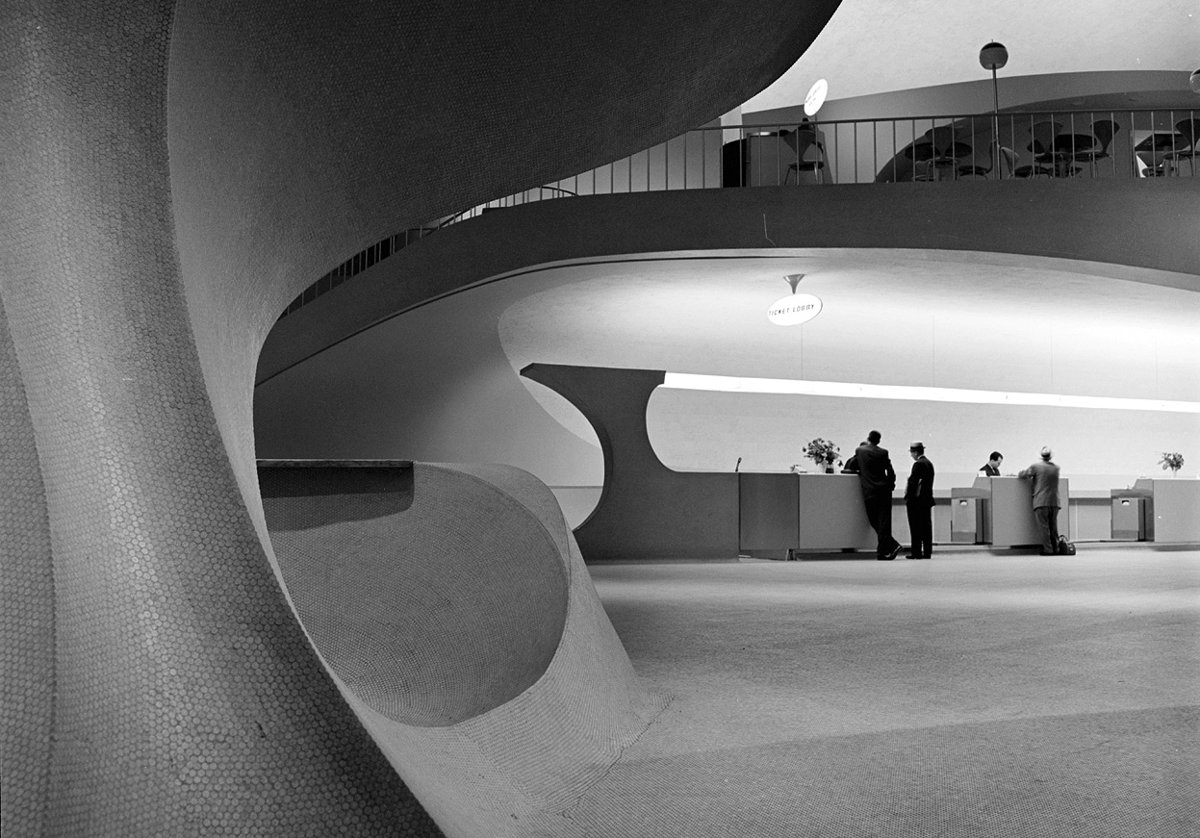

Featured in the 1949 LOOK Magazine about Fort Wayne IN entitled "America's Happiest Town." Sold to Paul J.ġ942 - The Kramer Homes, 8830 East 10 Mile Road, Center Line MI. Wermuth was the contractor for manyīuildings at the Cranbrook School in Detroit, where Eliel Saarinen was director. Wermuth House, 15315 Tonkel Road, Fort Wayne IN. Listed on the National Register of Historic Places.ġ941 - The Samuel Bell House, New Hope PA. The two-story, five-bedroom flat-roofed house is 5600 sf. Other members of the Saarinen family provided additionalĭesign elements, including custom-woven textiles and art objects. Swanson prepared final plans for the house in October 1939. Designed with Eliel Saarinen.Įero Saarinen's sister Pipsan Saarinen Swanson was the interior designer. Koebel House, 203 Cloverly Road, Grosse Pointe Farms MI.

Sold to David and Laurie Glass, who did a remodel in 2009.ġ940 - The Charles J.
#METROPOLITAN OPERA ARCHITECT SAARINEN WINDOWS#
The garage has subsequently been converted to living space the room shingled the windows replaced and in some instances reduced. Saarinen's first built commission independent Spencer House, 8634 Nadine Avenue, Huntington Woods MI. Saarinen's TWA Terminal at JFK Airport | A hotel and conference center was added on in 2019ġ938 - The Jesse F. Saarinen overview in Finnish and English by Kimmo Hiukka John Dinkeloo and Associates, or Roche-Dinkeloo. The name of the firm was changed to Kevin Roche

His papers were donated to the Smithsonian. His partners, Kevin RocheĪnd John Dinkeloo, completed his ten remaining projects, including the St. Saarinen died while undergoing an operation for a brain tumor at the age of 51. His firm was located in Bloomfield Hills MI until 1961 when it moved to Hamden CT. Louis, Dulles Airport, the TWA terminal al JFK Airport, the GM Technical Center in Warren MI, and corporate headquarters including Saarinen's major commercial works include the Gateway Arch in St. (1948), the "Womb" settee (1950), and his most famous "Tulip" or "Pedestal" group. During his long association with Knoll he designed many important pieces including the "Grasshopper" lounge chair and ottoman (1946), the "Womb" chair and ottoman Saarinen achieved fame as a furniture designer. Saarinen served on the jury for the Sydney Opera House commission that selected Jørn Utzon. In 1954, after his divorce, Saarinen married Aline Bernstein, an art critic at The New York Times. He had two children from his first marriage, Eric and Susan. He met his first wife, Lily, an Olympic athlete and sculptor, at Cranbrook, at the same time he met theĮames. After his father's death in 1950, Saarinen founded his own architecture office. The first major work by Eero Saarinen, in collaboration with his father, was the General Motors TechnicalĬenter in Warren, Michigan. Provide designs for the Situation Room underneath the White House.

Saarinen worked for the Office of Strategic Services (OSS) during WWII, assigned to After that, he toured EuropeĪnd North Africa for a year, Finland for a year, then returned to Cranbrook to teach in 1936. He had a close relationship with fellow students Charles and Ray Eames, and he became good friends with Florence (Schust) Knoll.īeginning in 1929, he studied sculpture at the Académie de la Grande Chaumière in Paris then studied at the Yale School of Architecture, finishing in 1934. Saarinen studied there and took courses in sculpture and furniture design. He grew up within the community of the Cranbrook Academy of Art in Bloomfield Hills MI where his father Eliel taught. The Saarinen Gallery is sponsored by Rebekah Laney,Įero Saarinen was born in Hvitträsk, Finland, and emigrated to the US in 1923.


 0 kommentar(er)
0 kommentar(er)
